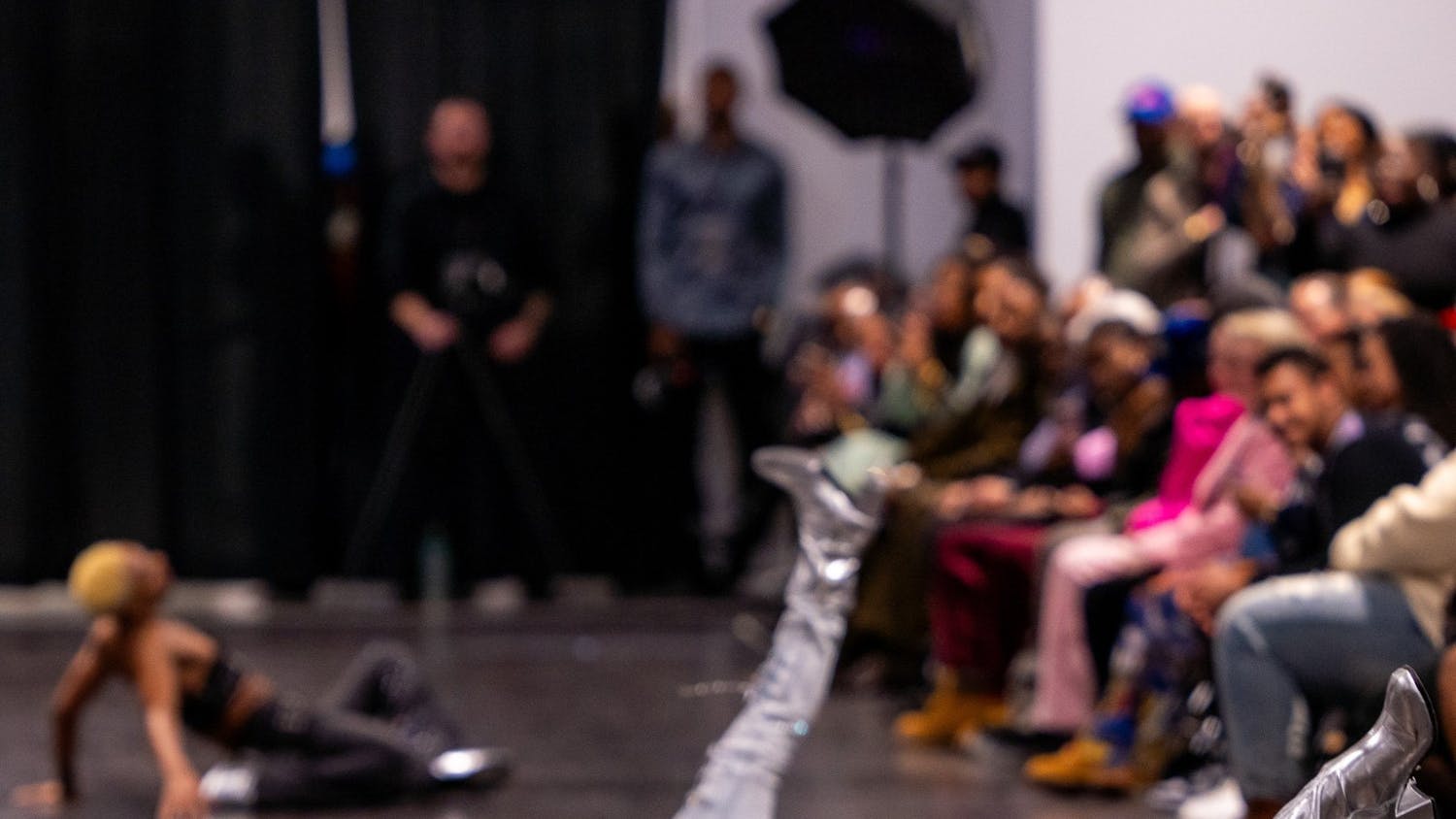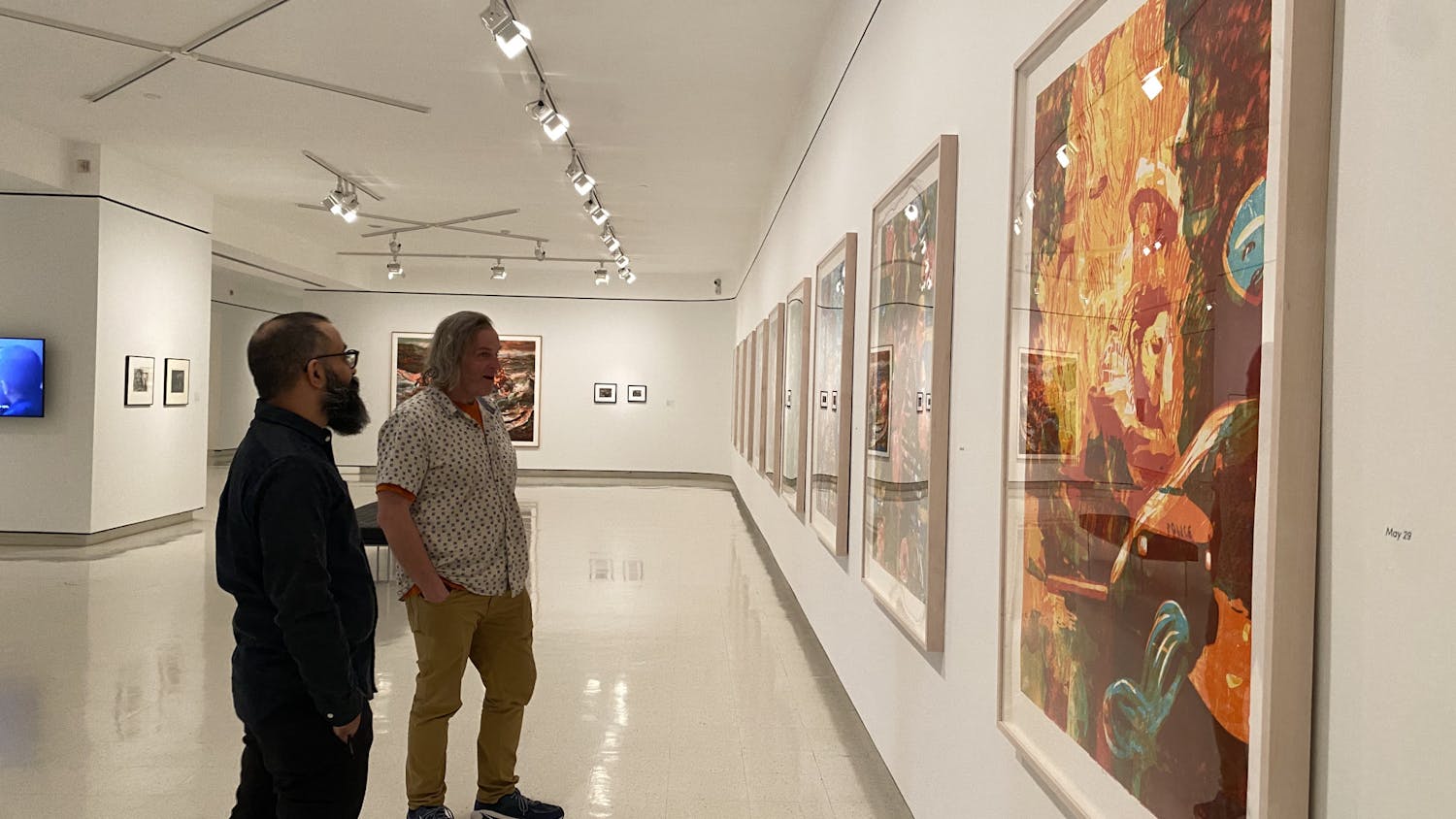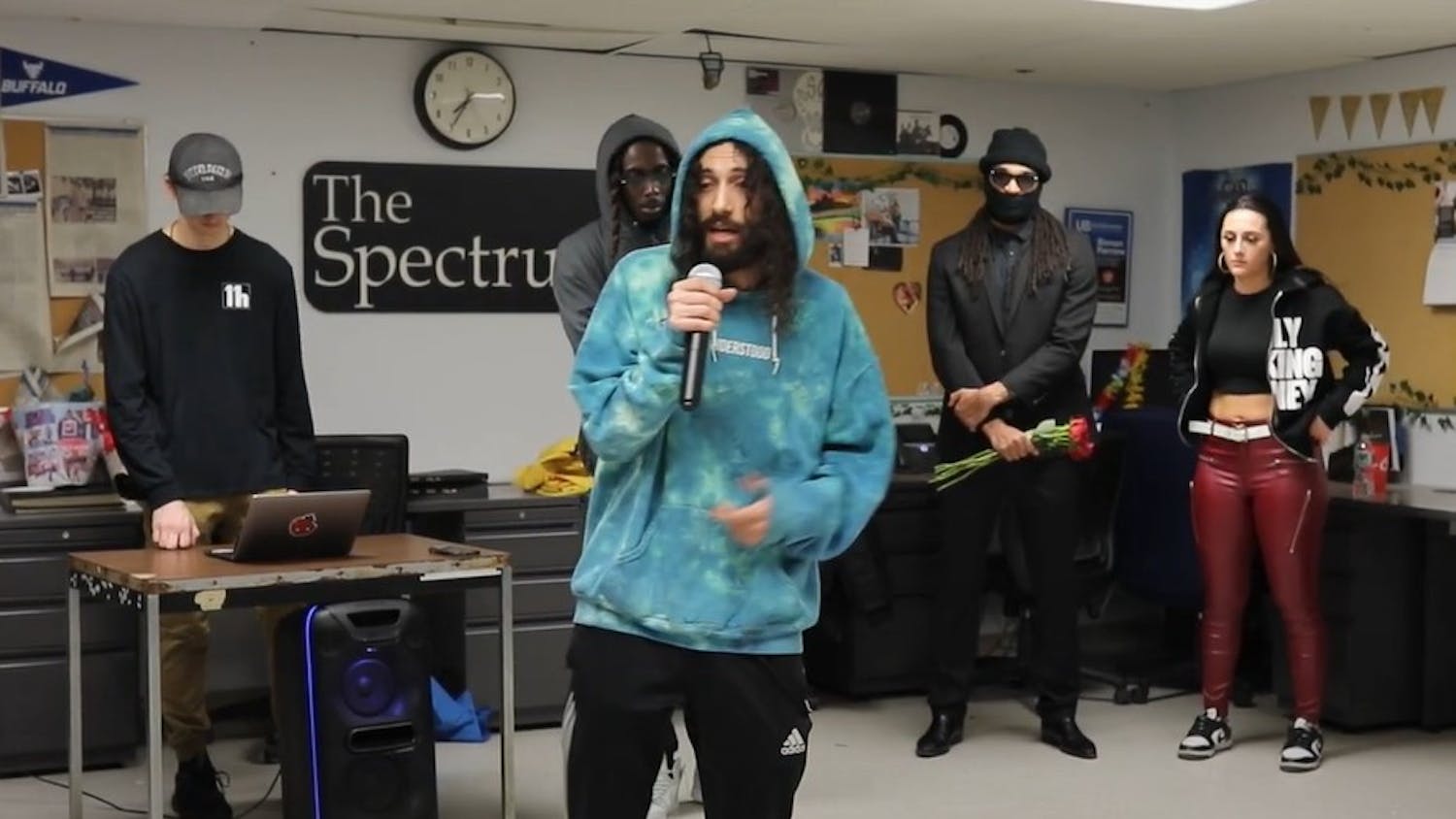When Bruce Jackson first met Kerry Max Cook on death row in 1979, he thought Cook was a "whiner." That was, until he learned that he had been raped in the recreational room of the prison - where the perpetrator used a piece of glass to carve "good p****" into his buttocks.
Cook was 21 years old.
Since 2000, SUNY Distinguished Professors Jackson and Diane Christian have shown over 300 films at the Buffalo Film Seminars. But on Tuesday night, for the first time ever, they featured one of their own.
Death Row was made in 1979. It is the first documentary the couple made together and probably their most notable; it was a major piece of ammunition used by former French President Fran?\0xA4ois Mitterand to abolish the death penalty in France in 1981.
And today, Jackson and Christian's work is referenced as important evidence of a flawed and broken system. Exalted civil rights leader and U.S. Congressman John Lewis said their book In This Timeless Time: Living and Dying on Death Row in America, which includes the DVD of Death Row, is a "significant work that speaks to our collective need to right the wrong that is capital punishment."
Cook is the first inmate featured in Death Row - a stark and evocative documentary film about Ellis Unit, the Texas Department of Corrections death row. In the opening minutes of the film, he discusses his inability to comprehend the reality of being sentenced to death. Jackson and Christian said after Tuesday night's screening that, 22 years later, he was exonerated due to DNA testing.
Most of the other inmates featured in the film, however, would go on to be executed.
The crime for which Cook was convicted is not mentioned in the film. None of the crimes for which any of the inmates are imprisoned are mentioned. Death Row does not concern itself with the crimes committed by the inmates; it is about the world of death row.
"If we were to put the crime each of them committed on the screen, that's all you're going to think about," Jackson said at the screening. "And that's not what this is about."
It's about a small world that goes largely unnoticed. Death Row moves beyond being an exploration of an institution; it is an in-depth study of human needs - and the ability an institution like death row has to suppress them.
As Jackson noted at the screening, the Row is a place where behavior is meaningless, where notions of rehabilitation have no significance. In most prisons, inmates are serving time, but on death row, inmates don't serve time for their crimes - their punishment is the execution. The prisoners never spoke of "doing time," he said. "Nobody there is doing time."
Made with a certain rawness that suggests a gravity of feeling, the film exudes a complexity that comes out of its simplicity in presentation.
It is well established critically that narration that "shows" is more affecting than narration that "tells." And often today, documentary filmmakers forget that.
They have a tendency to obscure the world that they are observing by inserting their own intrusive voiceover into the film, "telling" the spectator what to notice or what to deem important. But Death Row really shows you the world it is penetrating - and lets the visual imagery speak for itself.
What accentuates this achievement is how it remains so visual while the film centers primarily on talking - prisoners talking about their experiences, the guards talking about their experiences, the guards talking about the prisoners' experiences.
And what you see from hearing all this is that the Row is an abhorrent place to be - and it is inhumane. A dejected Cook even talks about how his being there has discombobulated his understanding of what "normal" behavior even is. It calls to mind an observation Victor Frankl makes in Man's Search for Meaning when he says there is no such thing as normal behavior in an abnormal environment.
As an examination of an environment, Death Row provides a unique lens into a certain facet of human experience. Most people have formed an opinion of the death penalty without any sense of what it truly entails. This film provides that sense and shows how the death penalty machine produces a dehumanizing effect.
Regardless of what you think of capital punishment, this film shows that, however wrongly the state (in this case, the State of Texas) may have the right to put people to death for their crimes, it doesn't have the right to treat people the way they are on the Row.
One thing Jackson said that evening was that documentary films have an additional requirement that fictional films do not - they require accuracy in depicting their subject. A fictional film owes nothing to the world outside of the movie, but a documentary owes something (truth) to the world it is about.
Death Row finds nobility in bringing attention to a place that is often ignored, and in the process, captures something that is vital and real.
In 2011, the United States was the only western democracy that executed prisoners, according to Amnesty International. And so far in 2013, over 30 inmates in the United States have been executed, and over 1,300 since 1976, according to the Death Penalty Information Center.
It is hard to imagine how many of those executed prisoners may have been innocent like Kerry Max Cook; the very sense of possibility that even one of them could have been innocent is horrid.
I have been attending the Buffalo Film Seminars regularly since the fall of 2010. I have seen some exceptional films there; I have been there on nights when there are a lot of people in the theater and nights when there aren't. Never have I seen as large a crowd there as on Tuesday night.
When the film began, after the professors introduced it, something unusual occurred. There was no sound accompanying the images. Professor Jackson ran out of the theater and the audience could hear him notify the movie house attendants.
They tried a second time; there was no sound. They tried a third time; there was no sound. Eventually an audio engineer in attendance went to help. As we were all waiting for them to fix the problem, Jackson told us how, when they first showed the film to an audience in 1979 at Sam Houston State College Criminal Justice Center, the same thing happened: the film began and complete silence.
As I left the theater Tuesday night, I considered the irony of this - that maybe the voices of those on death row are as silent now as they were then. And that is something that is wrong with America.
email: eric.cortellessa@ubspectrum.com





